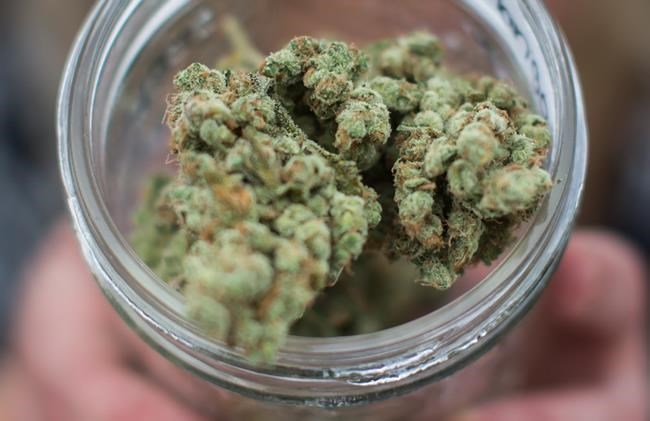As everyone knows, the federal government is legalizing marijuana. And not just as a prescription medication or herbal remedy, but in smokable form.
Yet it’s well known that marijuana smoke contains some of the same carcinogens as tobacco smoke. Why is this happening?
A recent opinion poll south of the border suggests one possible reason. Four out of five U.S. adults believe marijuana offers clinical benefits, particularly in the treatment of chronic pain.
I suspect you would find the same results in Canada. (Though an equally probable explanation is that the prime minister believes he has a better chance of being re-elected if half the country is stoned.)
But what does the science tell us? Most drugs reach the marketplace after undergoing some form of trial. There are several variations.
The weakest are observational studies, meaning researchers simply watch what happens when patients take a specific drug.
These are generally unreliable, because you can’t tell what would have happened if the patients hadn’t used the drug. Maybe they would have been better off. It’s noteworthy that much of the “evidence” for marijuana’s efficacy comes from this kind of study.
Then there are retrospective studies, which follow a group of patients for a defined period and compare how they fared versus some minimum standard of improvement. There have been some such trials of marijuana, and the results are mixed. One study looked at the effects of medical cannabis on migraine headaches. It found that the “benefits” were no greater than placebos produce.
The trials that really count are double-blinded studies in which half the patients receive the real drug, and the other half get an inert lookalike. (Double-blinded means neither the patients nor the staff administering the trial know which group of patients received the real drug.)
The suspicion that politics is driving legalization originates here, for there have been no such trials of marijuana.
There are indeed indications that some ingredients of cannabis might have beneficial effects, though treatment with clinically refined derivatives is a much different proposition than smoking raw weed. Even then, we have no reliable data on the long-term effects.
Let’s consider some real science. Last month, a clinical trial in the Netherlands went badly off the rails.
It was thought a drug sold under the brand name Viagra should improve the growth rate of babies in the womb. A study was set up with pregnant women who had a history of giving birth to underdeveloped infants.
You don’t conduct a study this potentially hazardous unless you have strong reasons to believe the drug is safe. In this instance, there was clear anatomical proof that Viagra would increase the flow of blood to the uterus. It did.
Similarly, it was known this would reduce the incidence of underdeveloped infants. It did.
But the trial was cancelled after 11 babies born to these mothers died of lung problems. No one saw that coming.
The study is still being reviewed. Maybe this was just a case of bad luck — a statistical fluke unlikely to occur again.
But the pretrial indications that Viagra would be effective were far more compelling than any evidence that marijuana is safe, particularly if it’s smoked, or consumed on hazardous job sites such as roofing.
All of the medical authorities I’ve talked with are unanimous that this is a public-health disaster in the making. And yet we read that the B.C. government is hiring staff to run its first pot store this fall.
Let’s hope there is full disclosure here. The job description should include a warning that any such licensed drug dealers will have blood on their hands.



